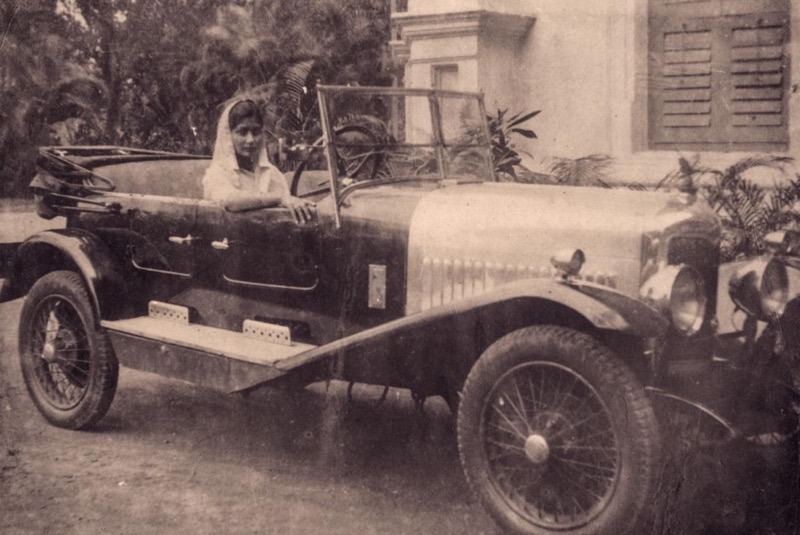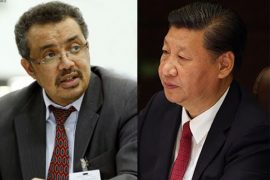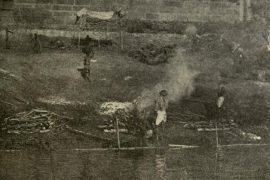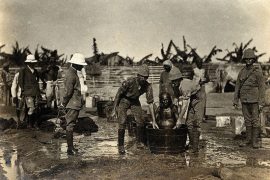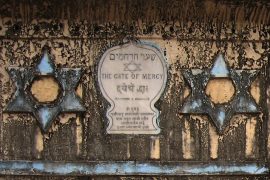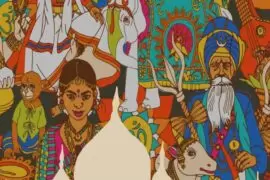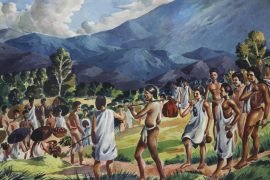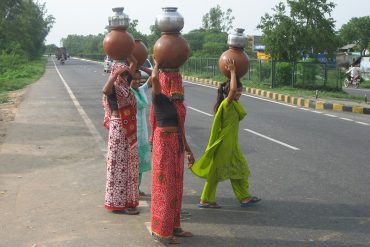Royal families must often abide by strict rules and regulations, especially regarding marriage. When Prince Harry married Meghan Markle, controversies, memes, and debates surrounded the Royal family. Even today, gossip and tittle-tattle about their relationship continue to titillate the masses.
In Colonial India, a similar controversy surrounded the ruler of the Bhanja dynasty of the princely state of Mayurbhanj. The story revolves around Sri Ram Chandra Bhanjdeo and Sucharu Devi.
Ram Chandra Bhanjdeo, the Maharaja of Mayurbhanj, was a visionary. Considered one of Odisha’s most influential rulers, he contributed to the development of not just his kingdom but the entire state; for instance, he was known for supporting J N Tata by leasing India’s first iron ore and steel mine in Odisha.
Sucharu Devi, on the other hand, was an influential feminist of her time. The daughter of Keshab Chandra Sen — the noted Brahmo Samaj leader, social reformer and philosopher — Devi served as the President of the Bengal Women’s Education League in 1931.
Ram Chandra Bhanjdeo and Sucharu Devi first met in 1889, at the ages of eighteen and fifteen, respectively, at an event in Darjeeling which hosted many English aristocrats and notable Indians such as Tagore and Sen. Among the invitees were these two young lovers who were destined to meet.
Sucharu Devi was well-educated, well-travelled, highly opinionated, and from a forward-thinking family who had denounced the purdah system. Bhanjdeo, too, was highly educated. Unlike his orthodox family, he held progressive thoughts. At the age of eighteen, he was looking for a partner who could be his equal, a person with whom he could “share his thoughts about the world.”
The young prince called for Devi’s hand in marriage. At the time, Sucharu Devi’s older sister, Suniti Devi, had already married the Maharaja of Cooch Behar. The Brahmo Samaj strongly opposed her matrimonial proposal, creating a whirlwind of controversy for their father.
Regardless, the siblings and her mother seemed excited about receiving a young prince’s proposal. Sati Jaganmohini Devi, Sucharu Devi’s mother, felt it was divine ordination; she believed “God is bringing another Maharaja into my family.”
“Romance was in the air” when Ram Chandra Bhanjdeo visited the Sen household. Sucharu Devi’s sister “tried to picture how the Maharaja would look. Was he tall or short? Was he old, or was he young and handsome?”
The excitement piled up as the time for Maharaja’s arrival got closer. The sisters, who peeked at him through the lattice, had decided that the Prince was handsome.
Ram Chandra Bhanjdeo was equally excited and nervous; he brought an Englishman, his friend and tutor, to support him.
Sucharu seemed transported into another world. Soon, it was decided that there would be a betrothal, and “they planned their lives and the wonderful things they would do together.”
But there was a twist in the story.
Ram Chandra Bhanjdeo’s family was shocked when he informed them that he intended to marry Sucharu Devi. In Orissa, there was a vehement and vociferous resistance. Marrying a girl from the Brahmo Samaj would mean an inter-caste marriage. Furthermore, Sucharu was not born into a royal family.
How could he bring “the daughter of Keshub Chunder Sen as Maharani of Mayurbhanj! The daughter of that rebel, that revolutionary!” Bhanjdeo’s family strongly opposed the proposal. Sucharu Devi, they felt, was unfit to be his wife as she had received a modern education, did not belong to Orissa and was from a different caste. Besides, there were differences between the Brahmo Samaj and the traditional ways of the orthodox Hindus.
As the pressure from the Prince’s family became overbearing, he left the country and went to England on the pretext of getting an education. He stayed in England for seven years, away from Sucharu Devi. But when he finally returned, the family had already decided on a bride for him; Ram Chandra Bhanjdeo was supposed to marry the Rajput princess Lakshmi Devi of Porahat (in modern-day Bihar).
Defeated, Ram Chandra Bhanjdeo wrote a letter to Sucharu Devi. Devi, the heartbroken girl, had previously seen her father struggle against the outdated customs of caste and religion; now, it seemed her life was tragically affected by the same.
Sucharu Devi’s family could never persuade her to marry another man. She had given her heart to Bhanjdeo and dedicated her life to securing women’s educational rights.
“My sister suffered for several years as it is an unknown thing for an Indian girl to be an ‘old maid,’ and we were disappointed and annoyed and distressed that such trouble should have befallen her,” wrote her elder sister, the Maharani of Cooch Behar. “But my sister loved the Maharajah just the same all through and never said an unkind word. ‘It is my fate, don’t blame him,’ she would say,” wrote Sunita Devi.
In the meantime, the Prince became the Maharaja of Mayurbhanj. He had two sons and a daughter with Lakshmi Devi. But in a turn of events, the Maharaja lost his wife to smallpox in 1902 and his daughter to typhoid fever in 1906. It was as if the family was suffering from years of ill fate. To commemorate the two late ladies of the house, Ram Chandra Bhanjdeo established Lakhmi Kumari Dharamshala in 1906 and Sripada Manjari Cancer Ashram in Baripada in 1907.
Fourteen years after meeting Sucharu Devi, Ram Chandra Bhanjdeo was again brought face to face with his old love at a party in Calcutta — as if life came full circle. After realising that Sucharu Devi never married, he quickly confessed his love and proposed to her. Even this time, Ram Chandra Bhanjdeo faced vehement opposition from the family, but the Maharaja did not give in this time.
To convince people, he gave a speech in the Mayurbhanj senate, pointing out his two responsibilities as ruler — one to his people (Dharma) and another to himself (Karma). He married a Hindu princess and bore the kingdom an heir to the throne. He had said that he must marry Sucharu Devi, as fate brought them together after all these years.
Finally, the couple married on May 20, 1904. However, Sucharu Devi was not given the respect she deserved. Even as Queen, she was not allowed to stay in the Mayurbhanj Palace.
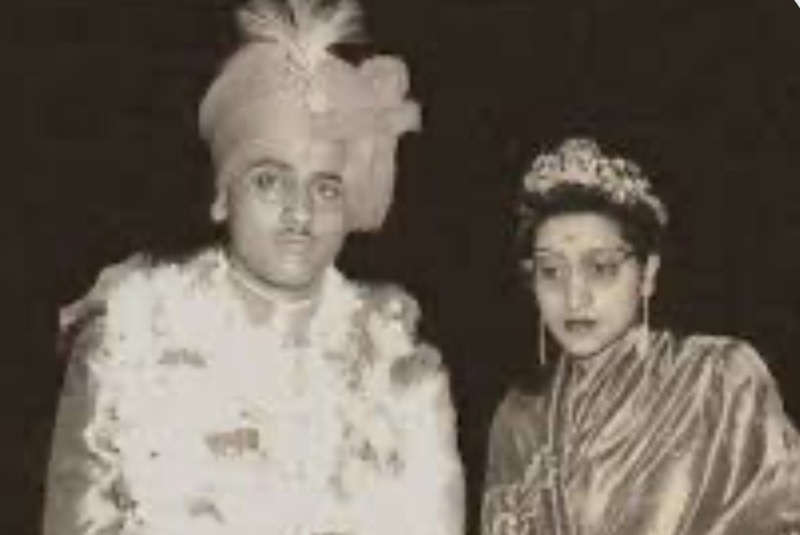
Ergo, Sucharu Devi stayed at Rajabagh Palace in Calcutta and often visited Mayurbhanj. Ram Chandra Bhanjdeo renovated the Belgadia Palace in his province, which was previously a guest house. He furnished the interiors of the palace to Sucharu Devi’s taste. A family legend narrates that the Maharaja would light a lamp at Mayurbhanj Palace for Sucharu Devi to see from Belgadia; it was a symbol of his affection.
The couple experienced the happiest times of their life together; they travelled the world, commissioned schools and hospitals, and worked with Tata. However, the happiness was short-lived as Maharaja was suspiciously shot on a hunting trip with his brother-in-law and British officials in 1912. Rumours spread like wildfire, blaming Sucharu’s brother for the untimely death of the forty-one-year-old Maharaja.
The Sen family was banished from Mayurbhanj, and Devi was not allowed to see the dead King even for the last time. However, much later in life, upon the invitation of her stepson, Sucharu Devi was allowed into the Mayurbhanj Palace to pay respects to her late husband. In 1961, soon after paying her last respects, Devi passed away in Calcutta.
Bhanjdeo-Devi’s story is one of love and tragedy. In 2019, Akshita Bhanjdeo, the young descendant of the royal family, traced their history after returning from the United States. The Belgadia Palace was the only property that Bhanjdeo did not donate to the Indian Union post-independence.
-30-
Copyright©Madras Courier, All Rights Reserved. You may share using our article tools. Please don't cut articles from madrascourier.com and redistribute by email, post to the web, mobile phone or social media.Please send in your feed back and comments to [email protected]

